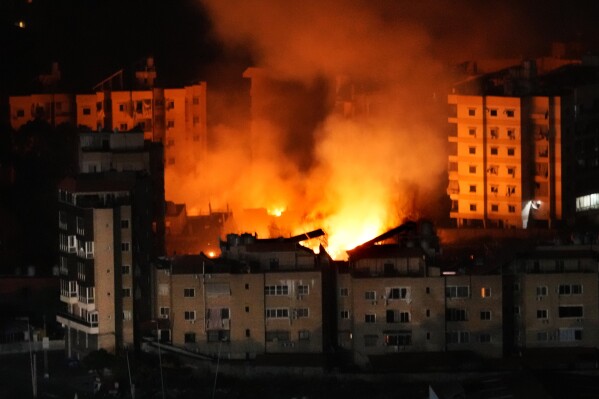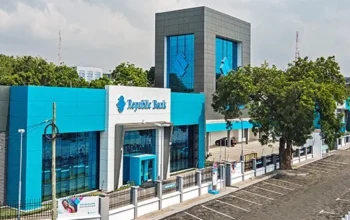In a significant military operation, the Israeli military has announced the elimination of Hashem Safieddine, a prominent Hezbollah commander expected to succeed Hassan Nasrallah as the group’s leader. The airstrike, which occurred earlier this month, reportedly killed around 25 other senior members of Hezbollah. This development marks a critical moment in the ongoing conflict, as it could shift the power dynamics within the organization.

The timing of this strike coincides with U.S. Secretary of State Antony Blinken’s visit to Israel, where he was engaged in high-level discussions with Israeli officials. During his stay, multiple projectiles were intercepted over the hotel where he was staying, emphasizing the ongoing threats in the region. Blinken urged Israeli leaders to leverage the recent death of Hamas leader Yahya Sinwar to seek a resolution to the conflict in Gaza and push for the release of hostages.
As Israeli forces continue their airstrikes on Hezbollah targets, including further strikes in the neighborhood where Safieddine was killed, the militant group has retaliated with rocket fire into northern Israel. They also claimed responsibility for a drone attack that targeted Prime Minister Netanyahu’s residence. These developments heighten concerns over escalating violence and the potential for wider regional implications.

With speculation growing about Israel’s response to a recent ballistic missile attack from Tehran, the geopolitical landscape remains precarious. Iranian officials have denied that their territory was used for the attack and have vowed to retaliate strongly if provoked. As Blinken prepares to continue his negotiations in Saudi Arabia, the unfolding situation presents complex challenges for all involved.








